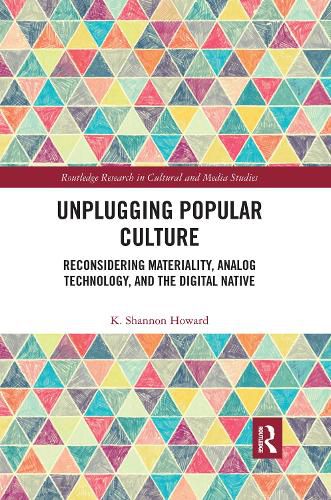Readings Newsletter
Become a Readings Member to make your shopping experience even easier.
Sign in or sign up for free!
You’re not far away from qualifying for FREE standard shipping within Australia
You’ve qualified for FREE standard shipping within Australia
The cart is loading…






Unplugging Popular Culture showcases youth and young adult characters from film and television who defy the stereotype of the digital native who acts as an unquestioning devotee to screened technologies like the smartphone. In this study, unplugged tools, or non-digital tools, do not necessitate a ban on technology or a refusal to acknowledge its affordances but work instead to highlight the ability of fictional characters to move from high tech settings to low tech ones. By repurposing everyday materials, characters model the process of reusing and upcycling existing materials in innovative ways. In studying examples such as Pitch Perfect, Supernatural, Stranger Things, and Get Out, the book aims to make theories surrounding materiality apparent within popular culture and to help today’s readers reconsider stereotypes of the young people they encounter on a daily basis.
$9.00 standard shipping within Australia
FREE standard shipping within Australia for orders over $100.00
Express & International shipping calculated at checkout
Unplugging Popular Culture showcases youth and young adult characters from film and television who defy the stereotype of the digital native who acts as an unquestioning devotee to screened technologies like the smartphone. In this study, unplugged tools, or non-digital tools, do not necessitate a ban on technology or a refusal to acknowledge its affordances but work instead to highlight the ability of fictional characters to move from high tech settings to low tech ones. By repurposing everyday materials, characters model the process of reusing and upcycling existing materials in innovative ways. In studying examples such as Pitch Perfect, Supernatural, Stranger Things, and Get Out, the book aims to make theories surrounding materiality apparent within popular culture and to help today’s readers reconsider stereotypes of the young people they encounter on a daily basis.